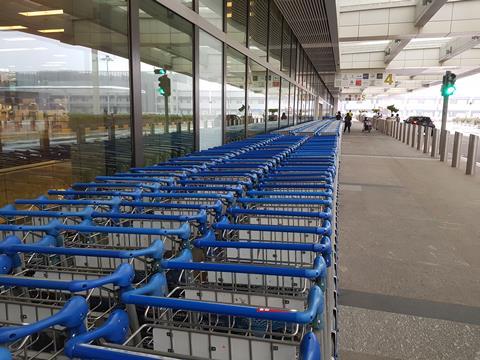The Association of Asia Pacific Airlines (AAPA) has reiterated its call for better regional coordination for air travel amid the coronavirus pandemic, as airline traffic suffer another dismal month in August.
The region’s airlines carried just 1 million passengers in August, according to AAPA’s preliminary figures. This represents just 3% of the total in August 2019, while seat capacity offered was just 9.6% of a year earlier. Load factors were weak, at 35.8% for the month.

AAPA attributes the weak results to poor collaboration among governments to get air travel moving again.
“There is no international air travel market to speak of, as the border restrictions severely inhibit international air travel,” says AAPA director general Subhas Menon.
“Abrupt re-impositions of border closures by some countries due to a resurgence in COVID-19 cases have further shrunk passenger demand. Travellers, airlines and airports are struggling to make sense of the patchy, sweeping and unharmonized approaches to border regulations being imposed by various countries.”
Air cargo demand, as measured in ATKs, fell 19.3% year on year, which reflected weakness in trade. While freighter operations were active, the lack of bellyhold capacity in passenger flights saw the freight capacity offered drop 33.4% from a year earlier.
“The latest traffic results underscore the need for governments to review existing restrictions and implement harmonised protocols based on objective risk assessments,” adds Menon.
“Uncoordinated measures and abrupt changes to protocols only serve to diminish travel confidence, with wider repercussions that impact consumers and businesses far beyond the aviation industry.”
He adds that countries need an urgent review of border closures between countries where the virus has been contained, and that AAPA is committed to reopening travel corridors with evolving ICAO recommendations.


























